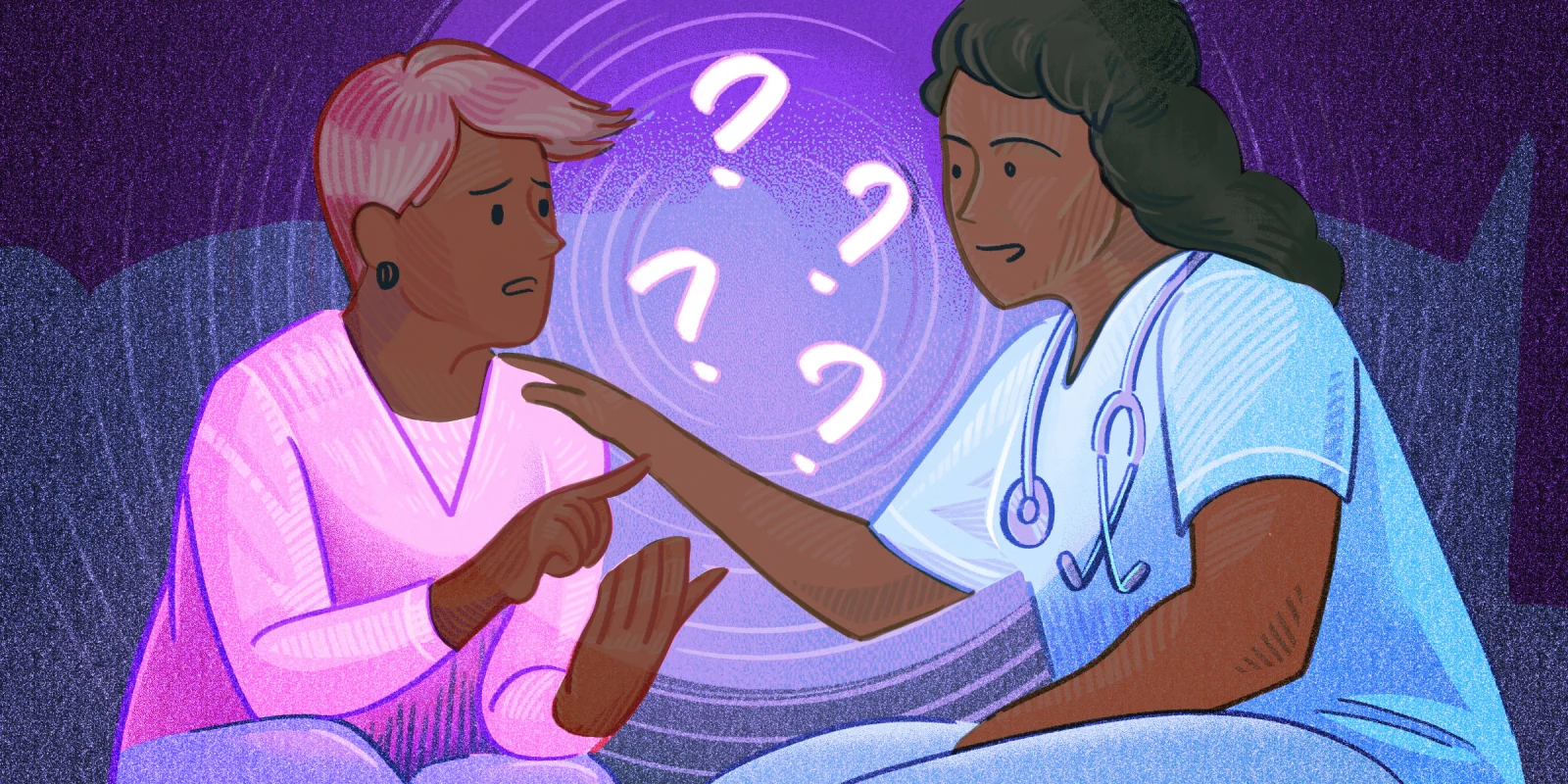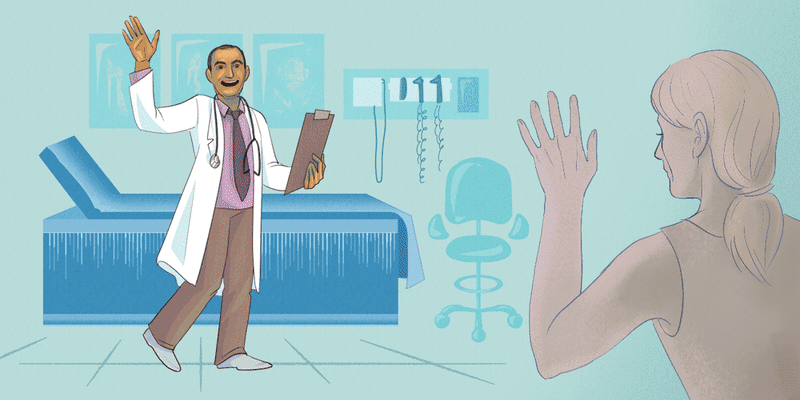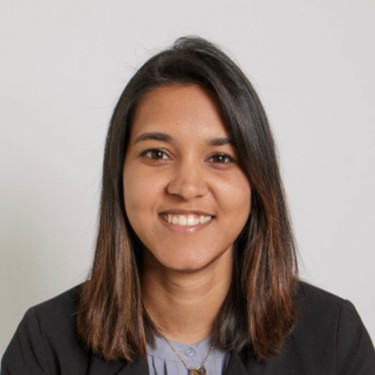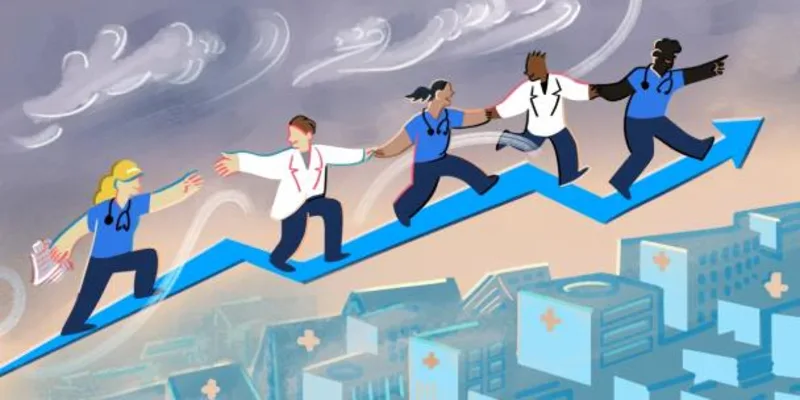As has been well documented, medicine in the U.S. has a racist history. Events like the Tuskegee Syphilis Study, “Mississippi Appendectomies” and the forced sterilization of minority race women, as well as medical neglect that precipitated preventable deaths, all bear this out. Such events have had a damaging effect on public health, sowing a deep sense of mistrust and suspicion of the medical industry within racially marginalized communities. More recently, the COVID-19 pandemic’s disproportionate impact on Black families and still-rising Black maternal mortality rates in the U.S. continue to instill doubt into generations of people who have already struggled to receive the care they need and deserve.
In recent years, attempts have been made to address these issues. Beginning around 2020, medical schools and hospitals across the country, including my own, amended their curriculum to include diversity, equity, and inclusion (DEI) programming focused on creating a more just experience for all patients. Yet, even with this sweeping shift in praxis and practice, barriers to care that are influenced by racial, socioeconomic, and cultural bias still exist and are as impenetrable as ever. Further, the DEI industry itself has recently come under threat. What, then, is to be done?
I believe the answer lies in an expanded, inclusive approach that acknowledges the role persons across the medical hierarchy can play. This necessarily includes medical students like myself. As trainees, we are often the last members of the team to have our opinions solicited regarding patient care. However, I have found that speaking up for my patients when I notice gaps in what we say we believe and what’s actually happening has made my voice one of importance.
As a Black woman who is a first-generation college graduate, I am attuned to how barriers to care can play out in the hospital setting. Not long ago, during my internal medicine rotation, we received a new hospital admission for an older Black woman with acute decompensated heart failure. My resident and I introduced ourselves, and I then stepped to the side to allow my resident to take the lead. After gathering the patient’s story about her symptoms, my resident began to explain how it sounds like she’s having a “flare up” (acute decompensation) of her heart failure and that we’d like to keep her in the hospital to help her to feel better. My resident then asked if she was aware that she had a heart problem and the patient stated that she was only aware that her heart just had some “trouble” sometimes and her medications were fixing it. My resident explained that her medications were helping support her heart, but that her heart was still under a lot of stress. We let her know that we would come back to chat further and moved on to a nearby patient.
As I walked away from the first patient’s bed, I heard her ask her husband to bring her a cheesesteak and salt and vinegar potato chips. While my resident walked ahead, I returned to the patient’s side and explained that we don’t advise that she consume those products. I clarified that the salt in those foods would bring more “water” (fluid) into her lungs and make it harder to breathe. She nodded and began to ask me about many foods I enjoy in our shared culture as African American women. I smiled and said that as much as we both appreciate their flavor, it’s important to eat them in moderation because they would not help her heart to function better. Still on the phone with her husband, she nodded and began to explain what I told her so that they were on the same page.
What this patient said next came as a disappointing reminder of the work that remains: “No one has ever explained this to me like that. I had no idea I needed to stop fast food and change how I cooked — this is all I’ve ever known.”
In that moment, I felt intimately aware of the relationship between the medical field and communities of color, especially Black communities. This was not the first time that a patient had expressed to me that, during the entire course of their illness and treatment plan, they had never had a culturally aware and specific conversation about the changes that needed to be made to improve their outcome. Unfortunately, I believe that much of this is rooted in the belief that patients are simply “noncompliant” and don’t truly desire to feel better, a harmful bias and rhetoric that bleeds easily into our notes, patient interactions, and treatment plans … and ultimately contributes to health disparities.
During this patient’s hospitalization, we met several more times and I walked through every part of her diagnosis, health history, and the steps she’d need to take after being discharged. We discussed small changes she could make, like switching her fried chips to baked, substituting her favorite seasoned salt for Mrs. Dash no-salt recipe, and so forth. On the day of her discharge, the care team rounded on her as a group and while she gave my attending most of her attention, we shared a warm embrace where she whispered words of gratitude into my ear. In that moment, tears welled in my eyes and I hugged her back as tightly as I could. To have the opportunity to care for someone who looks like me and help place her on a better path meant more than I ever could express to her. She gave me the courage and reminder to show up, ask questions, and be bold, even as a medical student. And she showed me how important it is to traverse the delicate cultural heritage of every patient we encounter, no matter how big or small — for it is in these small moments that we invite big change.
The work of cultural competency cannot be encompassed and addressed alone by the litany of DEI workshops, trainings, and task forces that have been established in recent years. Treating our patients requires a tangible and dedicated investment, not only in their level of comprehension, but in their holistic empowerment. That investment can look like a number of things, including but not limited to: directly asking a patient about their cultural practices and how they are important to their daily lives; inviting patients to “teach back” their understanding of their illness/diagnosis and what is being asked of them; reminding patients that you are open, curious, and enthusiastic to learn even when you don’t know and aren’t familiar; and most importantly, admitting when you held inappropriate bias and outlining the ways you hope to improve moving forward. By incorporating these steps in our daily practice and life, we can individually create the environment necessary to shift our collective thinking.
Further, as discussed above, creating a genuinely equitable health care system requires people at every level of the care team to pitch in. We all have something to offer, even if the hierarchy in medicine makes us feel that we would be overstepping our bounds by speaking up. Medical students in particular are well-poised to make a difference: we spend extended periods of time educating and speaking with patients, learning the basics of diverse experiences and placing them into clinical context.
Likewise, other members of the care team have equally important roles to play. Resident physicians can be role models for students, showing by example how to incorporate cultural competency and sensitivity into their evaluation and treatment of patients. And attending physicians can drive cultural shifts in their institutions, from their written notes to the expectations they set of their learners, colleagues, and organizational superiors. Finally, our interdisciplinary peers — APPs, physical therapists, mental health practitioners, dietitians, patient care technicians, etc. — can engage in this project as well. It is my hope that with this sensitive approach, and this understanding that we can learn from others across the spectrum of health care, we can finally put our “money where our mouth is” as it relates to diversity, equity, inclusion, and cultural competency.
How do you put your money where your mouth is when it comes to DEI? Share your strategies in the comments.
Najya A. Williams is a multidisciplinary artist, narrative medicine practitioner, and fourth-year medical student at the Lewis Katz School of Medicine. She is passionate about serving her community and intends to continue this work after graduation as a family medicine physician. You can learn more about Najya’s endeavors via her Instagram (@NajyaWilliams) and website (najyawilliams.com). Najya is a 2024–2025 Doximity Op-Med Fellow.
Illustration by April Brust







